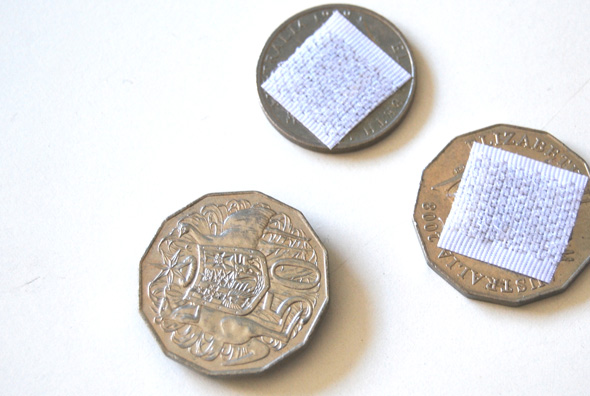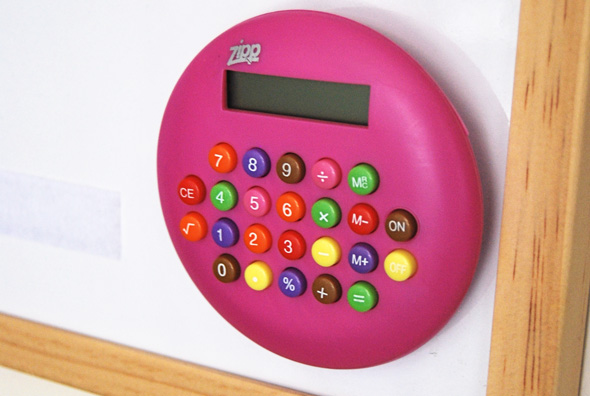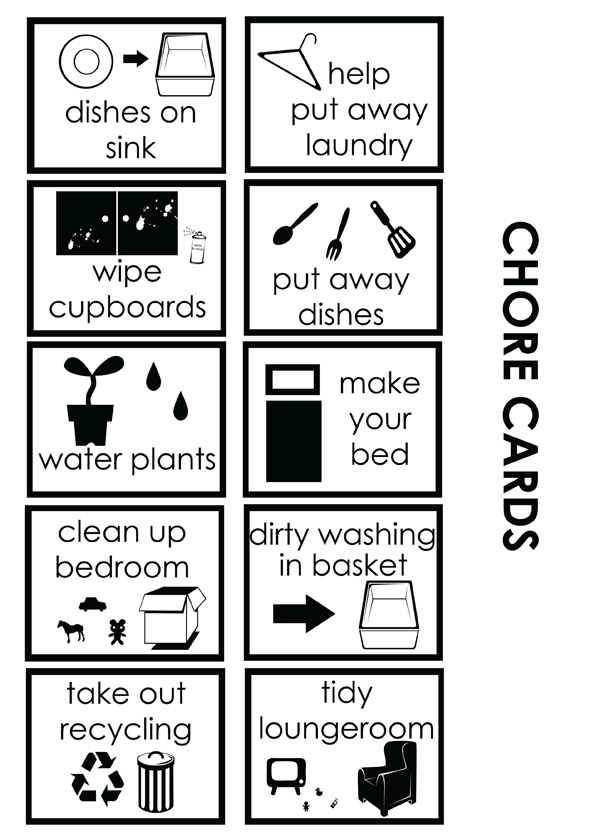Teaching Currency Using A Chore Chart
This post is by our newest regular contributor, Carrie George of A Little Learning for Two.
At the start of last year our eldest daughter, Bubble (6), joined her school banking program. She was so excited to fill out her bank book each week and watch her savings build up. She is planning on buying all sorts of wonderful things with it one day; a racing car for our backyard and a real penguin are the current top contenders, but she hasn’t quite decided yet. I’m hoping for the penguin. With her sudden interest in money and saving I thought it might be a good time to introduce a chore chart in to our home. For our two girls I could see many benefits including;
- Learning valuable living skills
- Learning basic economics
- Learning about currency in a practical and applicable way
- The satisfaction of completing jobs around the house
Of course if their bedrooms ended up cleaner at the end of the week, I wasn’t going to complain either!
Choosing age appropriate chores
Deciding what kinds of jobs to include on our charts was a process in itself and I admit I agonised a little over which were and weren’t age appropriate chores, and also which tasks around the home should just be expected without necessarily being classed as jobs receiving payment. I searched the net for ideas and was overwhelmed by the conflicting advice and opinions, so decided to start out with what works for our family.
In the end I decided to focus on the skills I wanted my girls to learn to do for themselves, knowing we could always remove and add new jobs to our boards at any time if they were too difficult or became too easy. I also decided to make both the girls’ boards the same, even though there is a two year age difference between them. They both do their jobs to the best of their own capacities and abilities and I believe it’s a good learning experience for them. Quite often they do their jobs together and help one another, for example when they bring their dishes to the sink after eating Bubble will stack the plates and carry those and Squeak will bring the spoons and forks.
Devising our chore chart
As well as learning responsibility and respect for money I was hoping to teach the girls about coin denominations and basic maths skills, so in addition to chore cards we also incorporated real coins into our chore charts.
The idea behind it is very simple and for the last year it has been working well for us. I can vary the payment amounts from time to time (if the lounge room is particularly messy it might be a 50c job rather than a 20c one for example), and the girls decide which jobs they want to do and when, which means what they end up earning is directly proportionate to how much work they do. If they don’t do any jobs, that’s OK but their pocket money will reflect their decision. If they would like to earn extra pocket money on any given week they can do more jobs from their chart.
Through the use of this system over the last 12 months our girls have learnt to recognise the value of different coins, how to add the value of the coins together to and a better understanding of how to build their savings to save for what they want.
Creating a chore chart
You will need:
- A small whiteboard
- Self adhesive Velcro strips
- Coins
- A set of chore cards
- Small calculator
- Scissors
Our Chore Charts were easy and cost effective to make, we sourced our whiteboards and Velcro from the local dollar shop and our calculator from a large variety store. Each board cost well under $10 to create and the girls were able to help put them together.
1. First we measured, cut and attached three long strips of Velcro (the prickly side) across the width of our whiteboard for our chore cards to sit on, and then we added another strip at the bottom of the board for coins earnt.
2. I printed and cut out our chore and then laminated them and attached small squares of Velcro to the reverse side (using the soft side of the Velcro). A printable version of our chore cards is included at the bottom of this post if you would like to use them.
3. We did the same with the coins for our Chore Chart. I decided to use real coins with our charts so the girls could learn about them in a practical way. The Velcro removes from the coins very easily once the chart is no longer in use or alternatively you could use play currency or print your own coins on to paper and laminate them.
4. We attached our chore cards to the top Velcro strips and put the corresponding coin to represent the payment amounts next to each. Once a chore is completed the girls remove the coin for that job and place it down on the bottom strip of Velcro. At the end of the day or week the coins on the bottom strip are added up and the girls receive their pocket money for the correct amount from our coin jar. The Velcro coins are then placed back up next to the chore cards again.
5. In the bottom right hand corner of each chart we also attached a small calculator. As well as adding the coins mentally we have been teaching the girls how to use the calculator to type in and add up coin denominations. It also makes a handy satellite phone when you’re pretending to be a Spy!
Our chore charts have been such a valuable addition to our home throughout the past year. The girls are both proud to be earning their own money and along the way have learnt a lot about currency and basic maths. And yes, their rooms are a lot cleaner too.
Do you use a chore chart in your home?







Love this! This will be appearing in our house very soon!
Thanks Jess, hope your kids enjoy them as much as mine have been!
A banking program in school?! How awesome! That should be a requirement in all schools! Thank you for all the great ideas here.
I thought it was great too Emily! She is so excited every Thursday to fill in her bank book and take it to the office, they have a sticker chart system and give them achievement awards for banking during the term too.
I’m having the same trouble trying to decide which things should be chores and which just things our boys should be doing as part of our family. I like how you decided to differentiate. Beautiful boards, too!
Thank you Debi! I agonised over it as well, in the end I figured for our girls learning life skills is something to be rewarded and they can always be replaced with different tasks once they are older. Looking forward to the day I can add ‘wash the dishes’ to the board 😀
I love this idea. My boys are 7,5,3 and I really need them to start pitching in around the house with a new baby around. How did you decide which chores should earn money and which things should just be expected from them. Thanks you. Can’t wait to do this at my house. Heading to the dollar store today!
Thank you Jen, hope your kids take to the system and enjoy it like my girls have! I ended up deciding that since life skills are something our girls are learning at the moment that rewarding those tasks was OK, and that later we can always replace those things (like keeping their room tidy and putting their dishes in the sink) with more ‘chore’ like ones. It’s an individual thing I guess, every family situation will be different.
Oh, I remember school banking so fondly.
I really love the idea of handling real money. FAb idea and post
Thank you Jackie! You still get a free money box too, although I was disappointed to see it is now a plastic platypus and not a metal bank!
What a fabulous idea and so very visual. Love it!!!
Thanks Kate! Our girls always seem to respond best to visuals so it has worked well so far.
Oh I love that you’re using real money in different denominations, and I love that this isn’t a punitive activity. I think we might copy this very soon. xx
Having the money there is SUCH a fab visual. Brilliant!
Thank you Kelly! I’ve been surprised at how well it has been working, even for our youngest.
I simply love this idea. Printing it out now. Caz, will you be making more cards by any chance? I’d love:
Do your homework
Clean the playroom
Sweep the floor
rake the leaves
Of course, homework is a given so it won’t have a dollar value I think. It would be good for them to learn that not everything has a value attached to it.
I’d be happy to create more cards Penny, no problems at all! Will get some made over the next few days and put them up. Shoot me an email with any other suggestions if you think of any!
Love love love it 🙂 Pinning and sharing.
Thanks Kylie!
oh how clever. love that the coins are up there so they can have the visual gain as well as an instant reward 🙂
Thank you Nae, the kids seemed to respond to it really well too.
Love these printables, even just as reminders throughout our day. Thank you!
We have something similar as our schedule board for the day/week too Rachel (using cards but not coins!), the visual element works so well with children with ASD but I think it works with most kids across the board as well!
I love this chart – great inspiration thank you!
Thanks Kate!
Amazing idea, just curious how you differentiate who did what chore? And are these daily chores or weekly?
So do you keep replacing coins daily?
What a great idea!
Can’t believe I hadn’t seen this before…Fantastic idea Carrie, thanks for the printables!